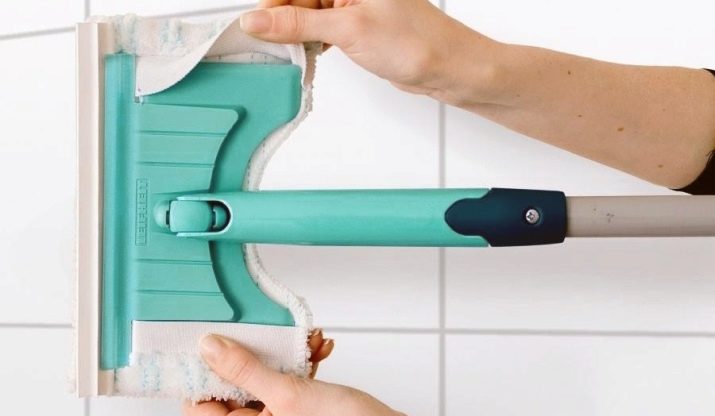All About Mop Rags
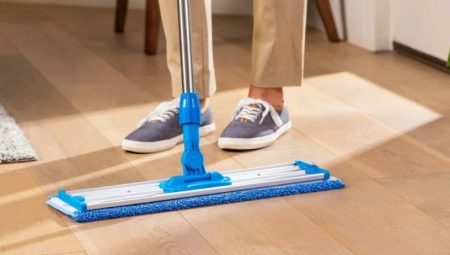
It is impossible to tell everything about mop rags in a short publication: in the range of cleaning products, these devices have significantly transformed and turned into light, comfortable designs. They can clean not only the floor, but also windows, walls, dirty surfaces in the corners and under furniture. The weight and complexity of the device, changeable rags, fastening are indisputable advantages of products in the rating of popular ones. A noted disadvantage of some is fragility. And this is the only thing in which modern species are inferior to the most primitive, made of wood.
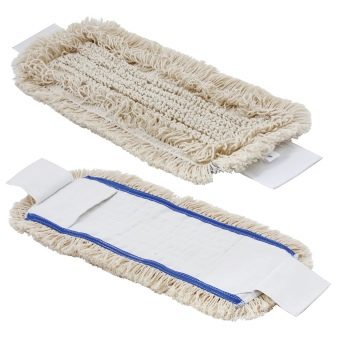
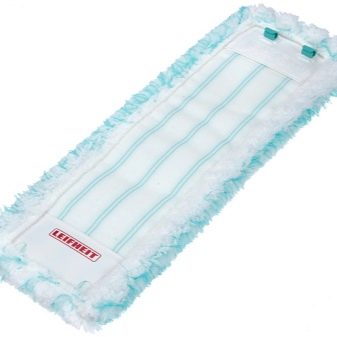
Features and requirements
The correct choice of a device depends on what goals are pursued when purchasing it, and this explains the variety of offers from manufacturers. By purchasing a certain model, a user or a cleaning company is tuned in to variable goals - the most clean floor, washing various surfaces, the ability to keep hands and back healthy. The mop cloth plays an important role in achieving your goals.
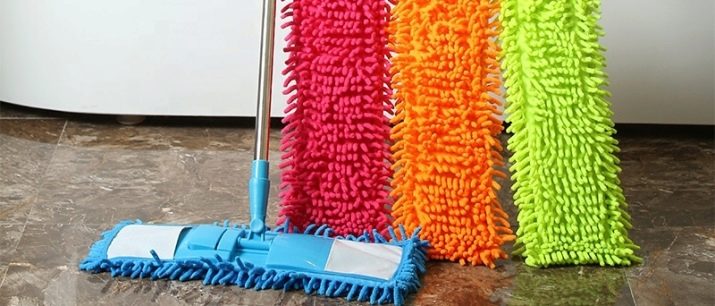
The material of manufacture determines the methods of fastening, the variable height of the handle, the material with which the floor is finished in the room. The variety of devices is due to the demand of consumers, the requests of the owners, their reviews and requirements expressed in stores, social networks and on special forums.
Consider the requirements to consider when choosing a mop.
-
Indoor floor view... The laminate does not care which fixture is used, but for parquet, you need to choose with minimal moisture.
-
Using detergents with disinfectant properties in any case, makes you choose a mop that does not require manual spinning - otherwise you will have to wear protective gloves.
-
Wooden floors are undemanding to the material of the rag, but for linoleum it is better to choose a soft enough... Contamination from it can be easily removed by preliminary wet wiping, then by final wiping dry. If you use a material with a certain level of rigidity, the efficiency will not increase, but the likelihood of damage will be much greater.
-
There are mops for owners with pets... This special nozzle allows you to easily pick up wool from the floor. The triangular shape will be needed if there is an abundance of furniture with hidden corners, for the same purpose you will need a long handle. It makes sense to acquire one arranged according to the telescopic principle, but for all the undoubted convenience they tend to break down often precisely because of this useful property.
-
Lightness is another requirement for a good mop... But the use of plastic with its undoubted advantages - the lightening of the weight of the structure, the absence of contamination and bright colors that delight the eyes of the owner - is also fraught with quick breakdown. Therefore, aluminum, although it increases the cost, is considered the best option if durability and reliability are required.
-
Method of attaching a rag to a mop - another important point to consider when buying. Otherwise, you will have to constantly bend over and adjust the cloth for washing that has gotten off the fasteners.

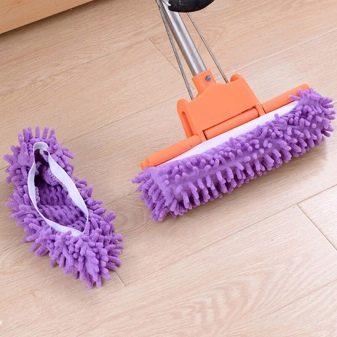

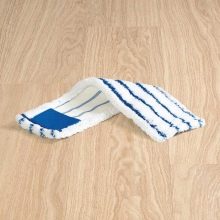
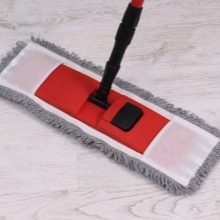
Another, most important point is the material from which the rag is made. It is difficult to distribute recommendations here, each user may have their own preferences - from a banal cotton rectangle to ropes, sponges or microfiber. Sometimes the next choice is dictated by habit or tradition.
Views
Accessories for a mop depend on the material and design of the device itself, the goals that are outlined in its use. They are largely determined by the fasteners and raw materials used in the manufacture. If it is assumed that the device will only participate in cleaning the floor, any - microfiber, cotton, rope, rubber or sponge will do.
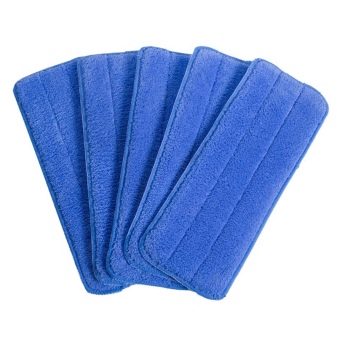
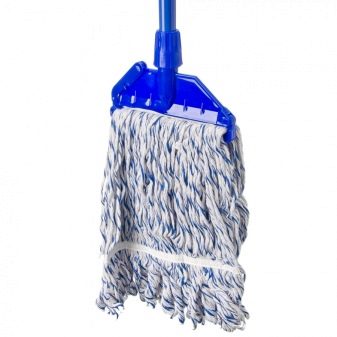
It is pleasant, but not very economical to use disposable, although they make it easier to solve the problem of washing, washing, disinfecting, finding convenient places and conditions for storage.
By material
In some types, the fixed rag is easy to wash and maintain, but it is not designed to change, so it should be borne in mind that such a mop is enough for a limited number of cleaning procedures. When the attachment becomes unusable, you will have to buy a new device for attaching it.
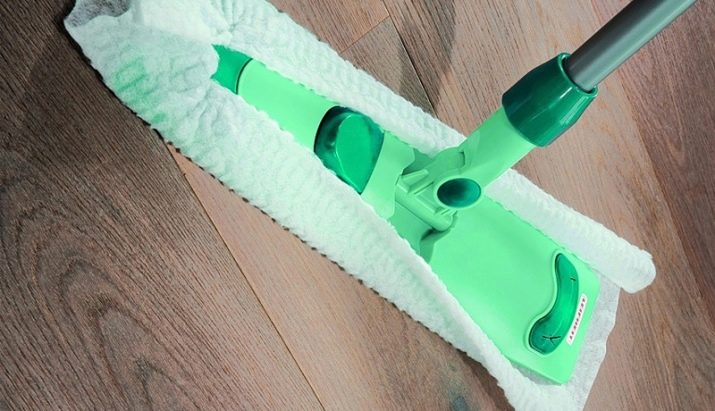
You need to think about whether there is a practical sense in the separate acquisition of each component, or it is easier to acquire it in a set each time, and throw away the destroyed one.
-
Industrial chemistry and weaving industry - manufacturers whose products prevail in the manufacture of mop rags. Materials are selected not only taking into account the design, but also the price segment, functionality and guaranteed service life.
-
Square or rectangular in cotton - an integral part of a simple wooden mop. In total, this is the cheapest and most common floor cleaning device. The "lazy woman" eliminated the need to wash in an uncomfortable position, but did not rule out other tedious processes - rinsing and washing in a bucket, hand wringing, skin damage when using antibacterial detergents.
-
Sponge or foam rubber initially, cheap options were produced, tightly fixed at a narrow base. The disadvantage of such a mop is in a small coverage of the area to be cleaned. Now you can purchase a device with a mount that allows you to replace the nozzle, but the duration of the cleaning process and frequent breakdowns are still relevant in the most common variety.
-
Microfiber attachment, flat, allows you to easily clean the floor in all directions, is easy to wash and comes with a lever for spinning. Some consumers are sure that it does not have the necessary hygroscopicity and is not suitable for wet cleaning, but it perfectly performs its functions when removing dust from parquet and other surfaces.
-
The same disadvantage and by the rope mophowever, it is popular for its portability and ability to remove dirt from the most problematic places - under cabinets and in the corners between furniture.
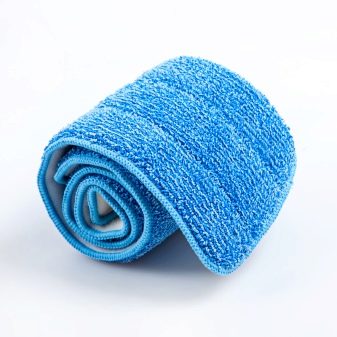

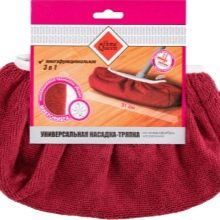
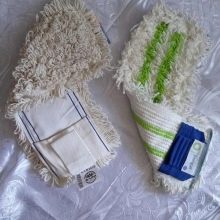
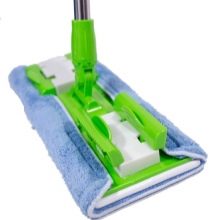
Cleaning companies use steam mops, but they are not suitable for all flooring materials, and they are far from cheap.
By size and shape
There are cases when the acquisition of a fundamentally new look was prompted by someone else's advice, online advertising, or simply dissatisfaction with the result obtained at home.
The desire to experiment often leads to excellent results, the acquisition of new affections. Choosing a rag and mop is not as easy as it seems at first glance.
Conventional division by configuration (square, rectangular), mobile, as in the case of a long rope, which takes any desired shape, even if attached to a round head, triangular. The most convenient model is a flounder, with a flat platform and an axis of rotation, it can be put on any cloth, regardless of material and size.
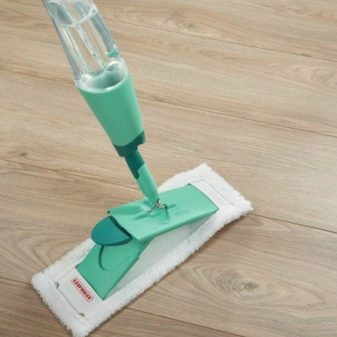
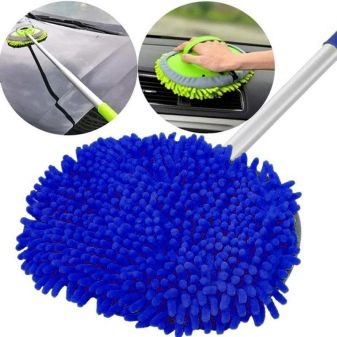
How to put on and take off different types of mops correctly?
Replaceable nozzle assumes the presence of certain skills in handling a modern "rag". With a little ingenuity and instructions for the user, you can master unusual models.
For a mop - "lazy"
In the modern version, you do not need to carefully wrap the material around the handle and base - there is a mount for this. If it is with a clip, just snap it off, insert it according to the instructions and fix it, as shown in the picture.
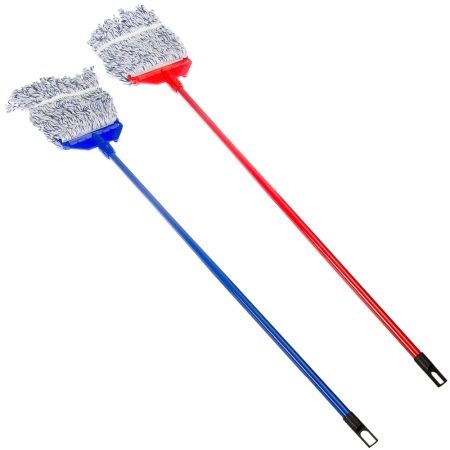
To the usual
You can wind it on the base, while wrap the corners so that they hold the panel. Simple is not very popular now due to the need to constantly refuel the rag after each rinsing in the bucket.
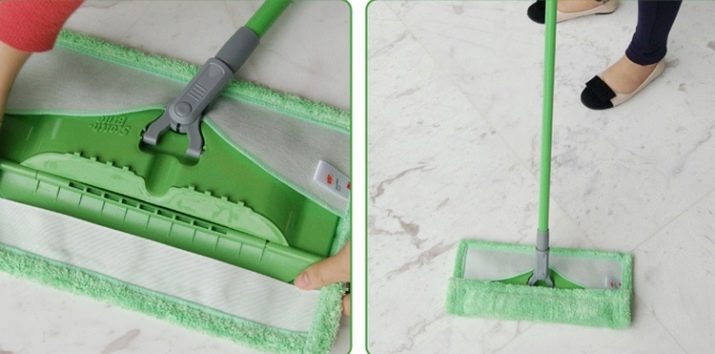
Others
The subtleties of handling more complex devices depend on the design, shape of the nozzle and its interchangeability.
Often it is not possible to change the sponge due to the unreliability of the fastening, therefore for flounder they are produced on Velcro (not always justified for wet cleaning) or on rivets... This ensures reliability and ease of removal.
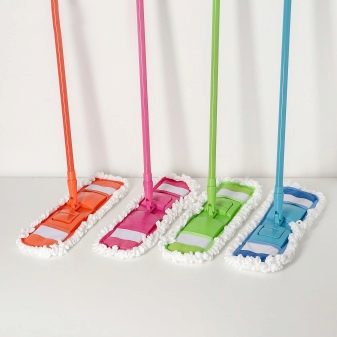
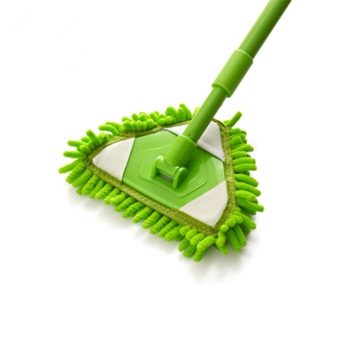
The round rope is detachable from the head, and the triangular one can be in different versions depending on the manufacturer and the price segment.
How to wash and store?
All recommendations depend on what material was used to make the mop. Plain cotton for wood construction can be rinsed in a bucket and machine washed. The same rule applies to microfiber. In other cases, you must follow the instructions from the manufacturer.
